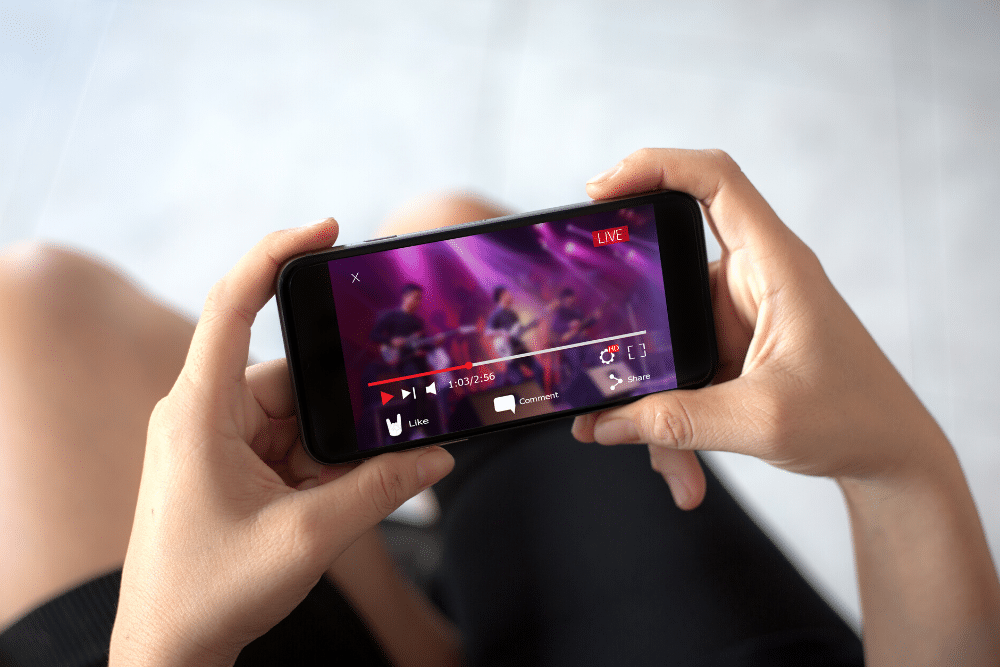2020 Transformed: The changing face of live events
When Integrate launched the 2020 campaign concept ‘A Life Transformed’, never did we imagine how accurate this would be. There’s no such thing as ‘business as usual’ in the current COVID climate and certainly not those of us working in events. But can creativity and thinking outside the 'venue box' be the catalyst that will transform the events sector?
With bans on public gatherings, venues being repurposed as hospital wards and morgues, redundancies and supply chain disruptions – 2020 is challenging us on a level none of us have ever experienced before.
The Business Events Council of Australia has reported that the restrictions and limitations in place to date are costing the sector AU$2.5 billion every month.
Meanwhile, the cancellation or postponement of events and venues in response to coronavirus has already cost thousands of jobs and hundreds of millions of dollars in lost income to the live events sector, with the economic and cultural cost of the coronavirus shutdown likely to exceed more than half a billion dollars.
We know it’s for a good cause. We all want, and must do our part to ‘flatten the curve’, but what does this mean for live events and exhibitions? And when we come out the other side, because we will, what will the live events landscape look like?
Open for business as ‘not’ normal
In a ‘normal’ year the Australian business events sector would contribute more than $30 billion to the Australian economy, employ more than 193,000 and run over 430,000 events.
The sector is a major contributor to the nation, not only financially, but for its ability to enable business and support industry innovation. So now event organisers, are trying to find new ways to allow the show to go on.
“While it’s hard to replicate that buzz and excitement you get from a show floor, I genuinely believe that events, like Integrate, will continue to have a vital part to play in this uncharted chapter to keep industry moving forward,” says Soren Norgaard, Integrate Event Manager.
“Over the past decade, we’ve brought together the AV industry physically. Now we have an opportunity to explore new ways of connecting, finally using these collaboration tools we’ve been shouting about, to bring our audience and buyer databases together in a non-traditional sense.”
Virtually there
Virtual exhibitions and events are something that exhibition organisers have toyed with for years. So, is now the time that we can finally get projects like these off the ground?
At the heart of exhibitions is their ability to drive leads and marketing opportunities for brands, so organisers are now looking to new online and digital tools and more creative custom approaches to leverage their customer databases to keep the industry turning and share industry expertise.
Already we’ve seen a shift to online education platforms, with industry associations like AVIXA and CEDIA offering free training and online tools to the industry, as well as conducting market research to support businesses and professionals in adapting to the new business challenges.
Yet, while this can be a good transition for education formats, large scale exhibitions pose different challenges.
There are the obvious examples of live streaming through social media, Zoom and Teams video conferencing, even VR and AI adaptations to choose from. But unlike virtual museum tours, or real estate walkthroughs, replicating the interaction that underpins a virtual exhibition isn’t easily translated.
What is also becoming evident in a locked-down world, especially now that we’ve all had a prolonged first-hand experience, is that there simply isn’t any long-term substitution for human interaction. So event organisers are having to get creative when it comes to engagement, and find new ways to bring people together without physically being in the same space.
Interestingly the audio market has seen a 43% increase in at-home smart-speaker streaming, as well as a 41% increase in listening hours over the past six weeks. As digital radio provides a source of comfort and familiarity. This proves there is a genuine need to have real-time, visual and audio interaction with our peers, and this is where organised events can help.
Rethinking face-to-face
“We still have a community that is eager to stay open and do business,” says Norgaard. “We just want the industry to know, whatever tomorrow’s headline is, or hard decisions that may lay ahead, that we’re in this together, for the long haul.”
“We remain committed to helping our industry get back on its feet, including our own events one way or another, because we know it will. We are already investing in new ways to meet and conduct business under the new restrictions.”
That could mean online appointments based on mutual interest or live streamed product demonstrations, or even online shoot outs to show similar products side by side.
Without any form of commerce, there will undoubtedly be short- and long-term financial impacts felt by all aspects of the industry, so now is the time to pivot, be agile, and forget the rule book to generate industry-changing innovation.
The reality is that none of us know where the event’s industry is heading in the short term, and while the decisions to postpone or cancel events, is heartbreaking, the clear message is that we are all in it together for the long-term viability of the industries that we love.
Most likely it is not ‘business as usual’ for you, your team and your customers right now. During these unprecedented times, it is more important than ever to keep connected and show our support for the AV industry.
If you have initiatives, insights, products or industry support you would like us to share with the AV community, please get in touch with the Integrate team.
-
Stay up to date with the latest news, industry insights and Integrate updates.
- Subscribe

